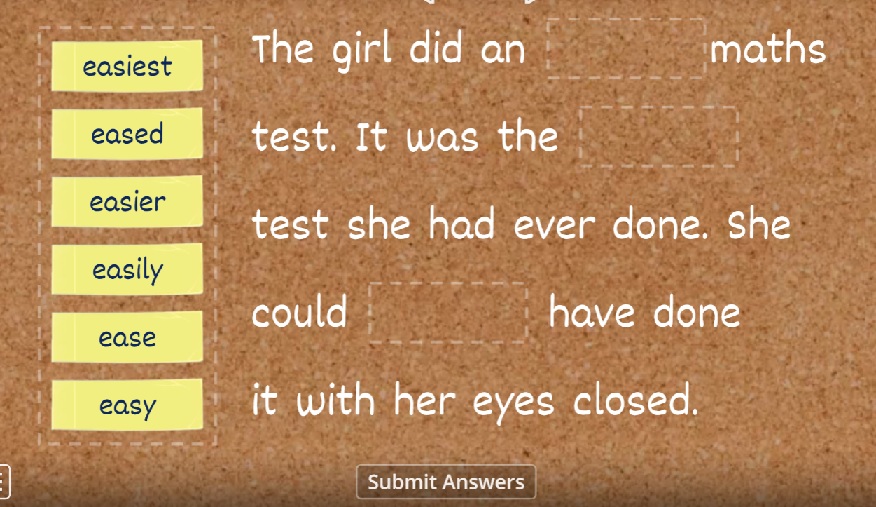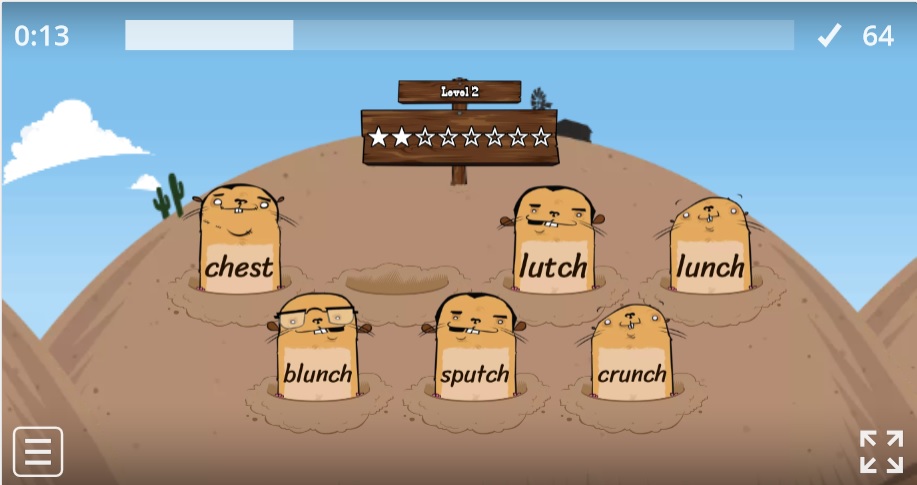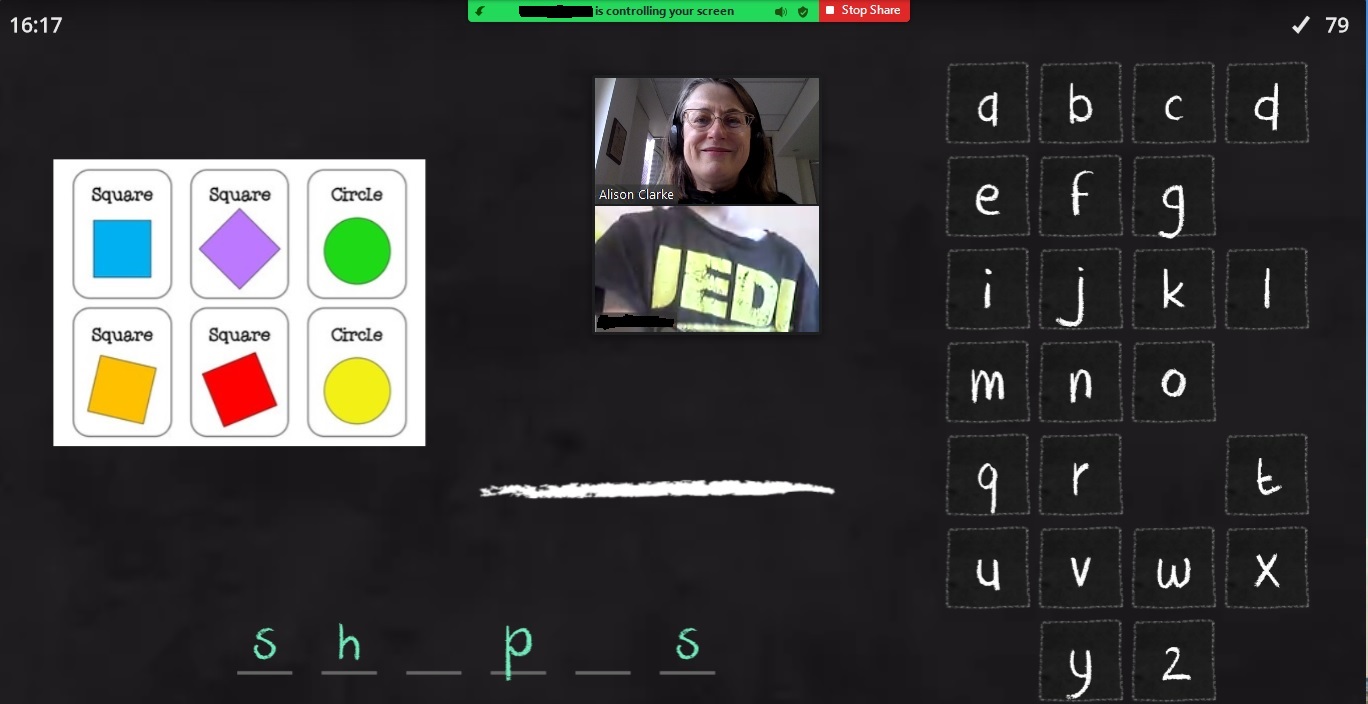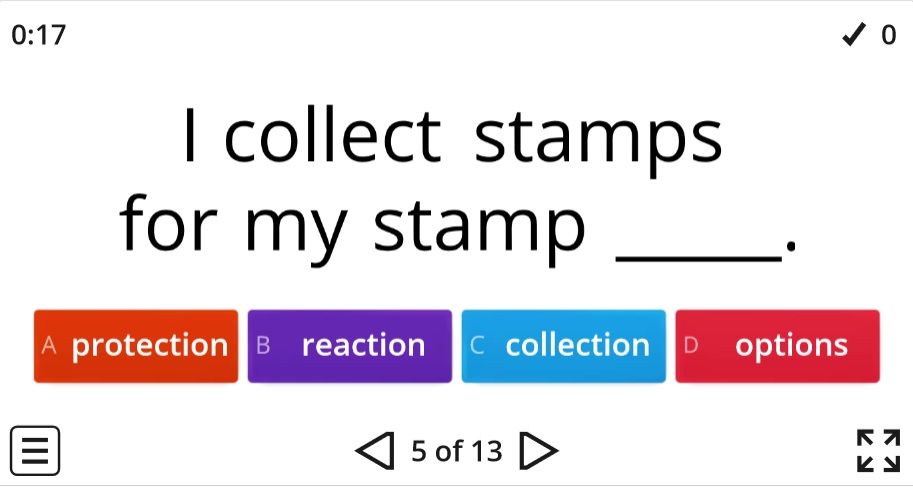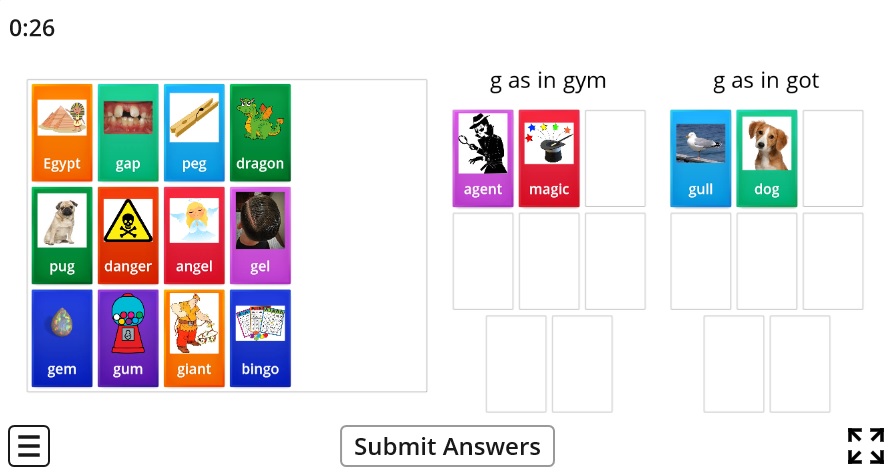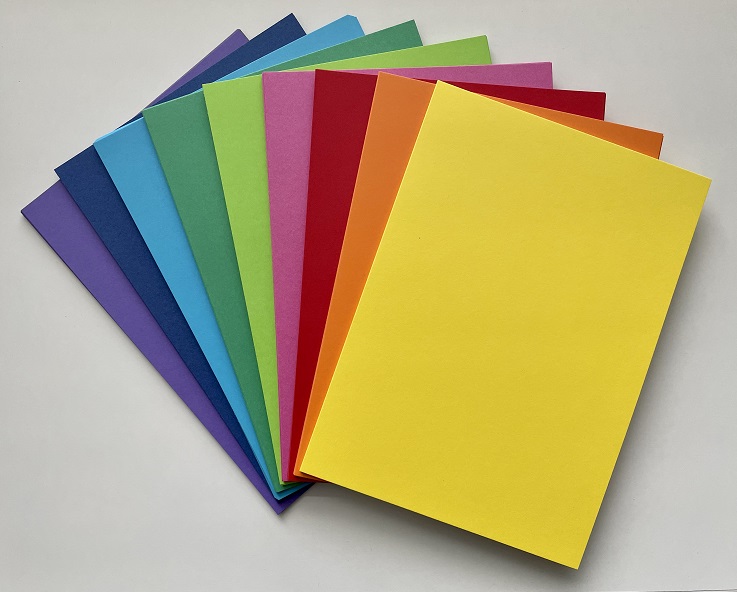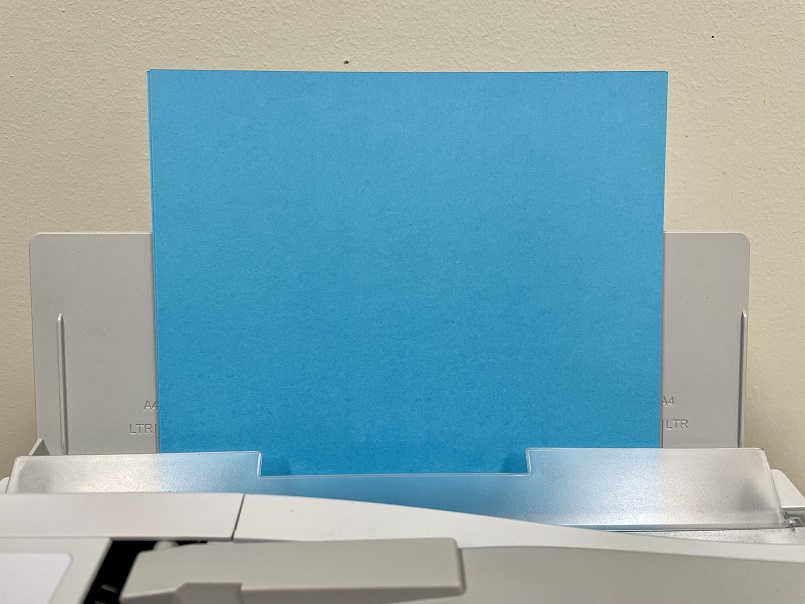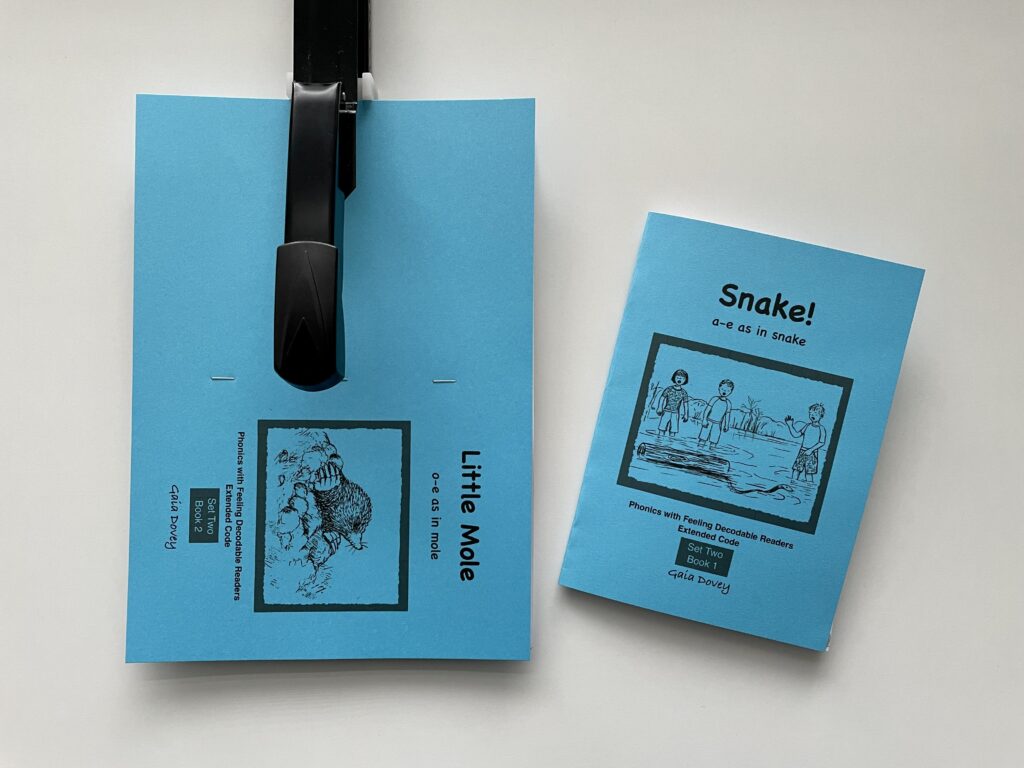Top 10 online PA/phonics resources/activities
23 Replies200+ days in COVID-19 lockdown and no clear end in sight, so I’m scratching around for fresh ways to target phonemic awareness, phonics and morphology online. Maybe you are too. Here are some things I was SO GRATEFUL to find. A million thanks to their creators. Please add your favourite resources and ideas in the comments.
- Wordwall
I think my head would have imploded in the last 18 months without a Wordwall subscription (AUD$12 a month for all the games). I’ve made lots of activities which you can use for free, and so have many others.
Only the crossword and hangman games require spelling rather than reading to play, but not to create. I therefore get kids to help me create a game online: first choose a game, type the target words/sentences into it, then play the game, then go on the leader board. Playing the game again can be part of the homework, either on a computer or as a printable crossword or word search.
2. Phonic Books Moon Dogs At Home books and other resources
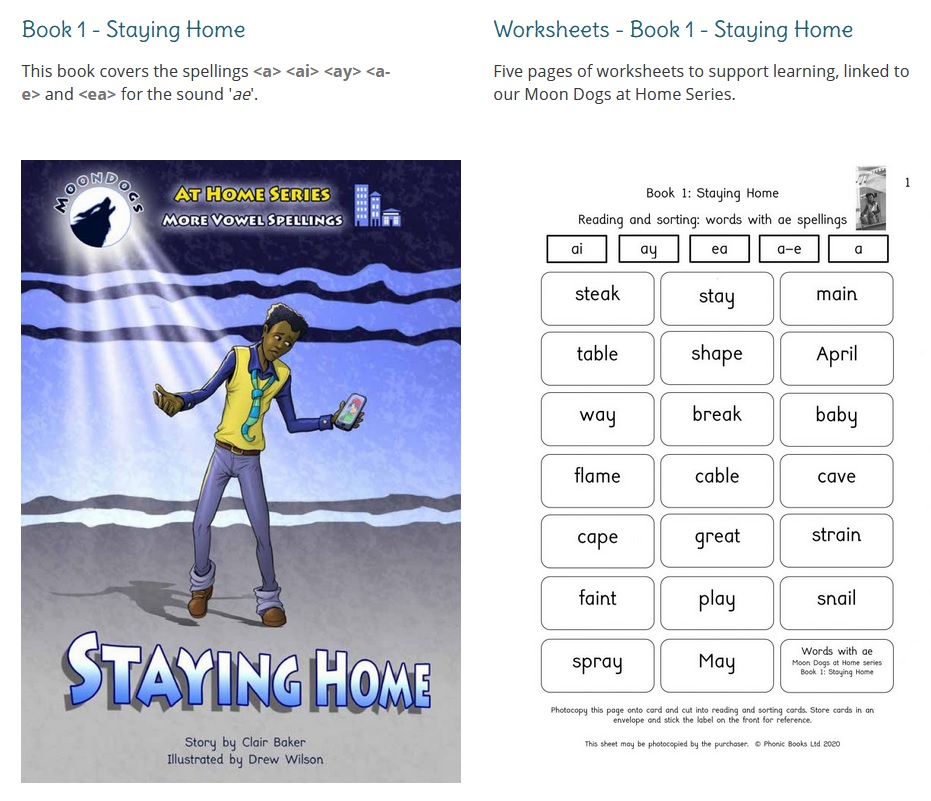
We use the physical Phonic Books resources a lot, and have found their free online resources very useful during our lockdowns. So generous, and so relevant. A lot of the WordWalls we’ve created also match their books’ teaching sequences.
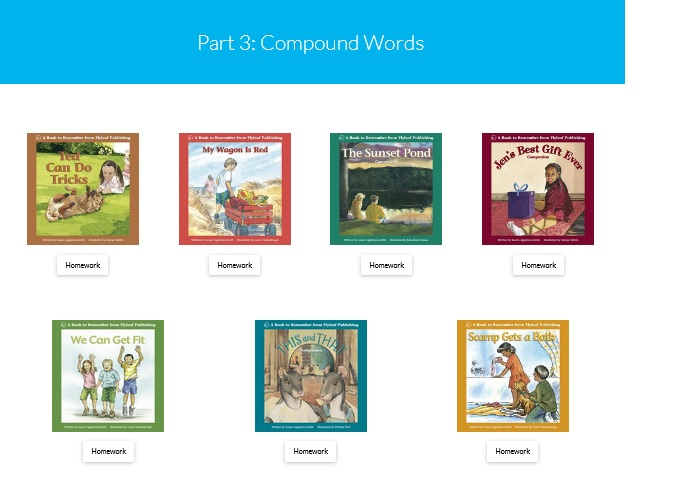
Flyleaf’s Online Portal contains lots of cute books from the UK which are perfect for online use, and all free at present, because of the pandemic. Again, so generous! Jen’s Best Gift Ever is my favourite, click here to read it, and here’s a comprehension quiz I’ve made as a follow-up activity (use it as a Gameshow Quiz for more pizazz).
4. ICT Games
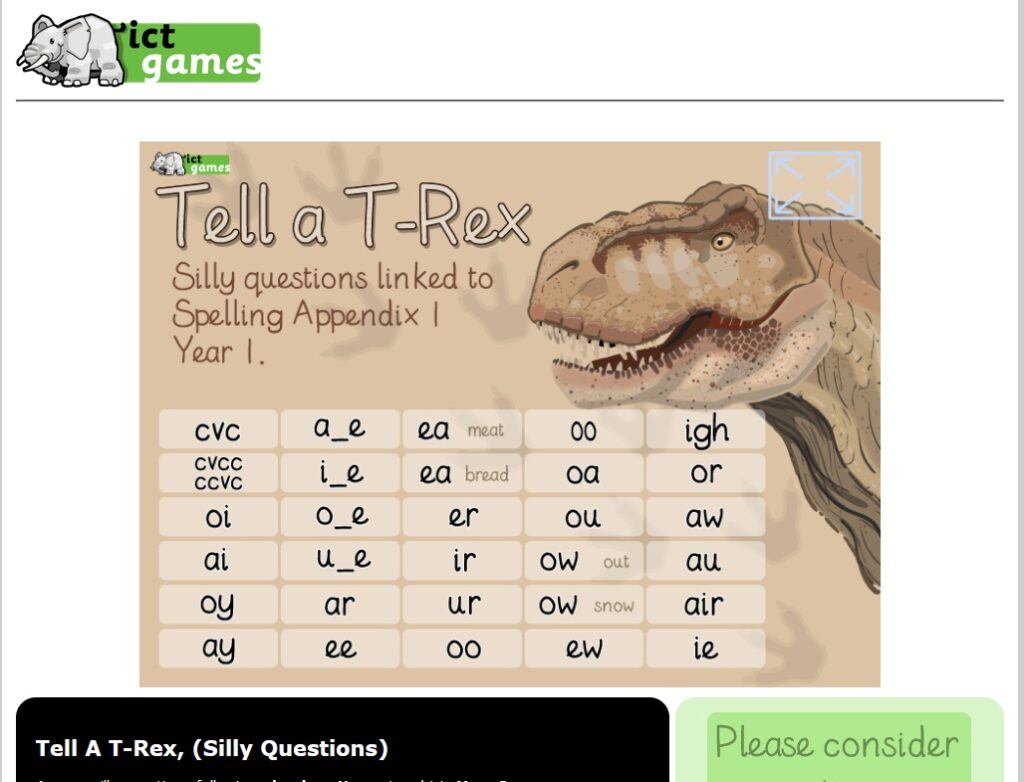
ICT games are all free online, and a quick, fun way to warm up or finish off a session. I often ask kids to type their own lists into Help A Hedgehog, then see how many they can read before the 90 second timer runs out. Other favourites are Tell A T-Rex, Poop Deck Pirates, Viking Full Circle, Forest Phonics, and Phonics Finder. This site runs on a donation model because the husband-and-wife team behind it think no child should be prevented from learning by lack of money. So if you can afford to donate, please do.
5. Sounds Write interactive whiteboard activities

If you’re using the program Sounds-Write, this USB contains heaps of activities ready for use online. They cover the Initial Code (one-letter=one-sound spellings plus major consonant digraphs) plus vowel spellings up to Sounds-Write Unit 28. The USB costs AUD$95, and I’ve definitely gotten my money’s worth.
Because many other Sounds-Write activities are provided as pdfs as part of the training, they have also lent themselves to online use (see item 8 below), and the Aussie/NZ Sounds-Write community has lots of great ideas and resources.
6. Little Learners Love Literacy apps and other resources
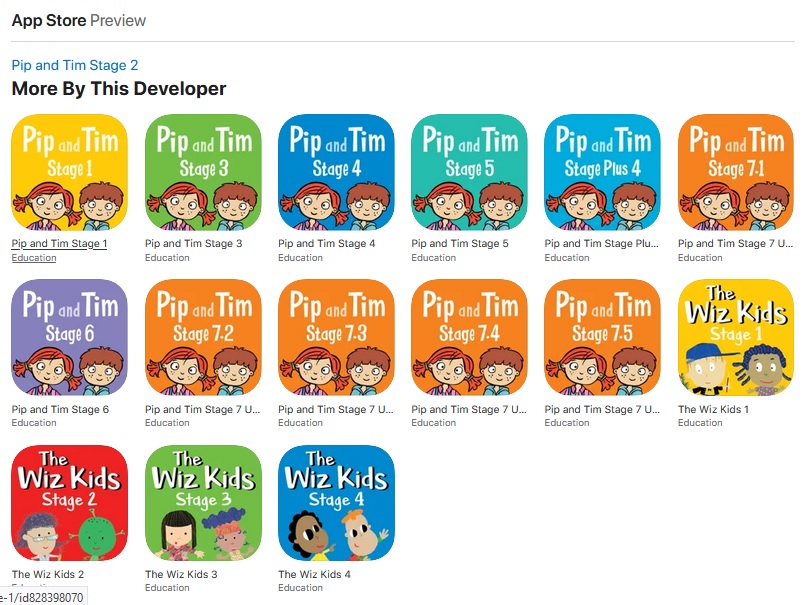
The app versions of the lovely LLLL books have been a great way to show young clients the books, by sharing the iPad screen online. Always affordable, the iPad versions are currently free till the end of September (at least in the Australian store). Which is so incredibly generous, and will help so many young, locked-down children learn to read. Lots of paper-based LLLL activities also lend themselves to online use, see item 8 below.
7. Powerpoint versions of decodable texts
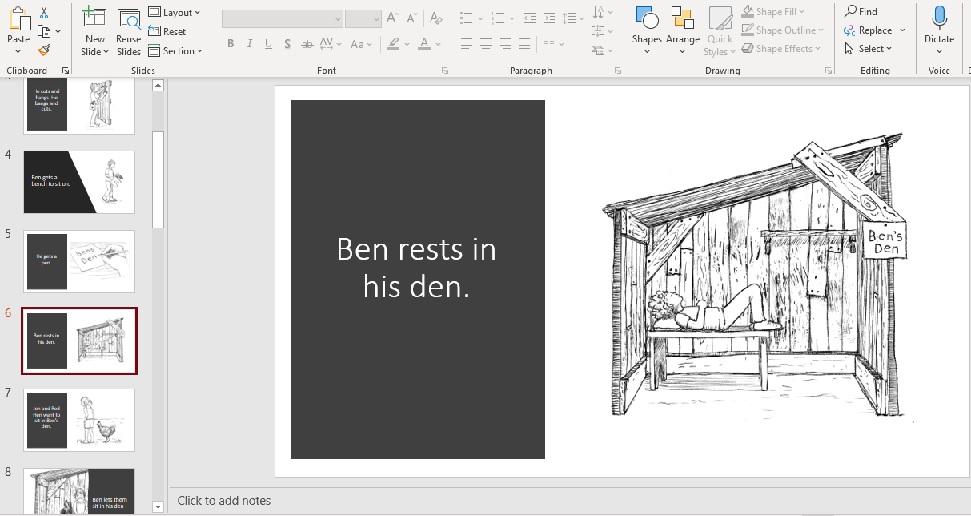
Some kids with good keyboarding skills like typing a simple story to dictation, to create a book they can then show a parent or teacher. I’ve used some Phonics With Feeling books for this, with author permission. I take screenshots of the pictures and paste them onto slides, type the text, then use Powerpoint’s formatting suggestions to make it look more schmick. Then I save it, delete the text and save it again under a different file name. Voila! A simple onscreen reading then spelling activity with large text.
8. Adobe Acrobat Reader editing tools
We use Zoom and it has been excellent, but I rarely use their whiteboard or editing tools. The free Adobe Acrobat editing tools work much better with pdfs. You can scroll through homework and cover it in ticks. You or the learner can type, change the font size and colour, and move text around. You can underline or put boxes around target words in sound searches (we play a guess-how-many-jellybeans-in-the-jar game with these, first guessing how many words with the target sound there will be). I just wish I could turn off the predictive text! (any ideas? I’ve tried everything!)

You can also play games (like the one above from Nicole Brady) using big dots as counters. Sounds-Write, Phonic Books and Little Learners Love Literacy books all have paper-based games that can be scanned as pdfs and used this way, and there are digital versions of the LLLL books. I use the iPad or iPhone app Make Dice held up to the camera for dice games, as I’m rubbish at online dice (all tips gratefully received). Make Dice can also replace the spinner for the Phonic Books Spin, Read and Spell games.
9. Kahoot!

I’m sad to say that I’ve only recently figured out that Kahoot! can motivate many kids to do quite a lot of reading. The best music teacher in the world (hi Roz!) told me it had revolutionised her lessons. Kids are often familiar with it from school, and think it’s fun and cool. We’re writing some downloadable quizzes now which should be easy to turn into Kahoot!s.
10. Jamboard
Google’s Jamboard is another useful tool I wish I’d discovered earlier. It’s like an online whiteboard with colourful post-it notes, from which I’ve made simplified versions of my moveable alphabet for word-building sequences, e.g. here the learner would be asked to change “stitch” into “switch”:
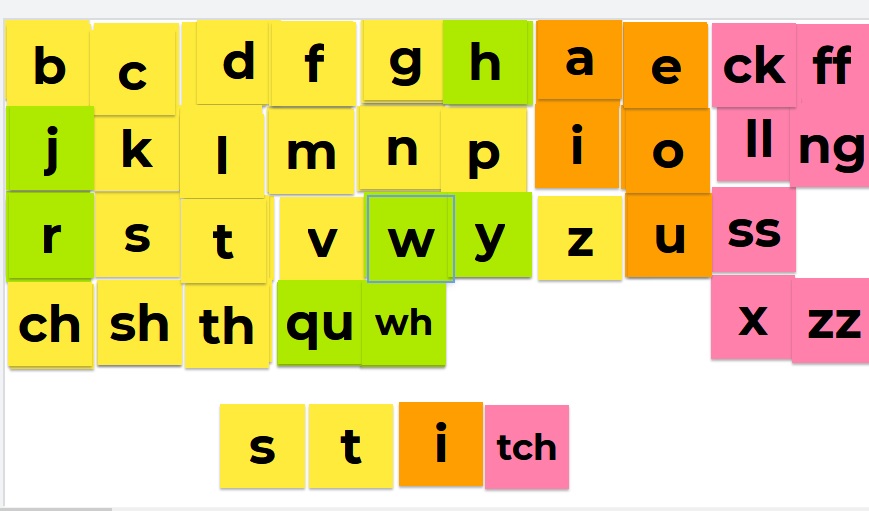
Kids tend not to stretch or rotate the tiles the way they have in other formats I’ve tried using for this activity. Jamboard is also a quick way to create neat word sorting activities:
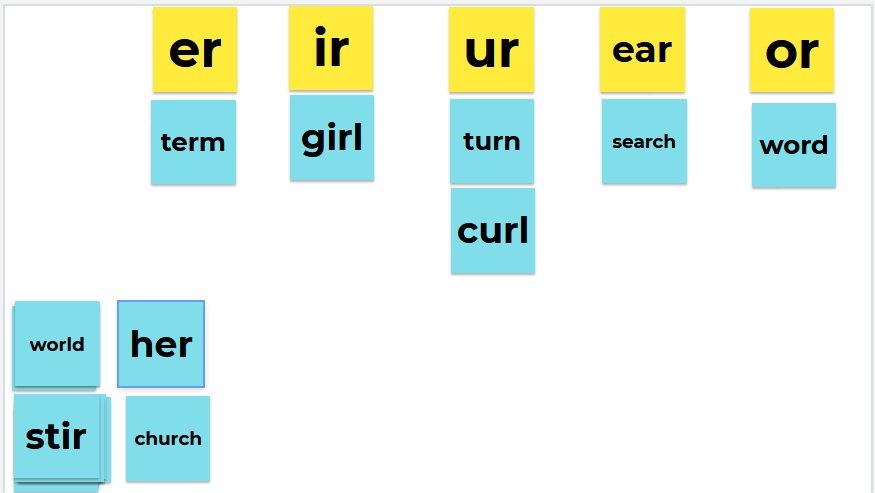
I get words for these sorts from my website’s sorted-by-sound lists (for same-sound-different-spellings activities) or sorted-by-spelling lists (for same-spelling-different sounds activities).
I hope you found some useful information in all that, especially if you’re still working online too. Pretty please leave any great ideas you have to share in the comments.
Phonics With Feeling books are now in the Spelfabet shop
11 Replies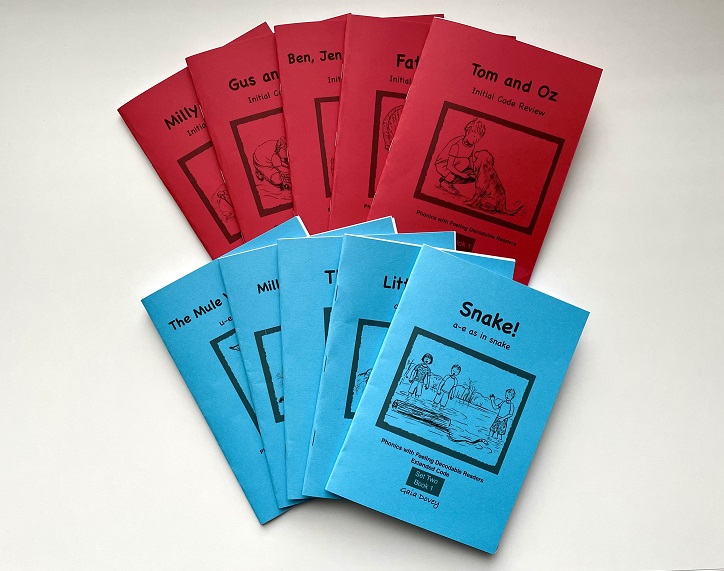
Six sets of the delightful, affordable, download-and-print Phonics With Feeling decodable books by Gaia Dovey are now available from the Spelfabet shop.
You can download and print a free sample book here. It’s about the ups and downs of siblings and pets, sharing and drawing boundaries, and solving problems. One boy I know got to this page…
….and exclaimed, “That’s just like my sister! She always wants to do my things, and it’s very annoying!” He was hooked. The cute illustrations add emotion and humour to the story. Some children might enjoy colouring them in.
Each set of books has a parent/aide edition (print up to 5 copies @ 40c per print) and a teacher/clinician edition (print up to 30 copies @ 20c per print). Not as cheap as the free-till-the-end-of September Little Learners Love Literacy apps (so generous!), but an affordable way to get multiple copies of printed decodable books.
These books are intended to complement, not replace, existing decodable readers. They aren’t for absolute beginners. The Initial Code Review set is intended for children towards the end of their first year of schooling or in Year 1. The Extended Code sets are intended for children in Years 1 and 2. Depending on the child, any of these books can be used with a slightly older learner who needs graphemes introduced at a fairly gentle pace, and heaps of practice. There’s only so many times you can read the same book.
These books have a higher word count than the typical decodable book, so are perfect for consolidation/fluency work. I imagine they’d also be great for extension work for children who can easily read the shorter, simpler books that are at the right level for most of their classmates, but haven’t yet been taught more complex spellings.
The author of these books has a PhD in literature, taught English language and literature, worked in teacher preparation, and originally wrote the books for her grandchildren. It shows. They aim to provide both reading success, and the pleasure and emotional engagement which motivates children to read. Their extra length allows for cohesive narratives, entertaining plots, engaging characters and themes worth talking about.
The Phonics With Feeling books originally had their own website, but it was too much hassle to run (if you’ve ever run a website, you’ll know what I mean). I nearly cried when they disappeared, and contacted the author to find out why. I’m already dealing with the hassle of a website, and she’s really nice, so we decided to join forces.
Only the first six of an eventual eleven sets of books are available now. The rest are on their way. The original books are being reorganised to match the teaching sequence in the Spelfabet version 3 workbooks and other materials, and a few extras are being written and illustrated.
Each set of books is downloaded as a pdf file, which you save to your computer, then print with (preferably) coloured covers. We’re using 220 gsm coloured cardboard for covers, printing the covers first, via the rear feed of the printer. Then we print the rest of the book on A4 paper on the “flip on short edge” setting, then assemble, fold and staple the books with our special book-stapling stapler (probably not its real name).
I hope you like these books as much as I do, and that they make many children excitedly shout things like, “That’s just like my little sister/brother!” while getting enough practice of major spelling patterns to become skilled and enthusiastic readers.
PS on 15/9/21: I’ve started making Wordwall quizzes as follow-up activities for these books, which can be played online for free, but you might need a subscription to access the printable version. The top of the first printable quiz looks like this:
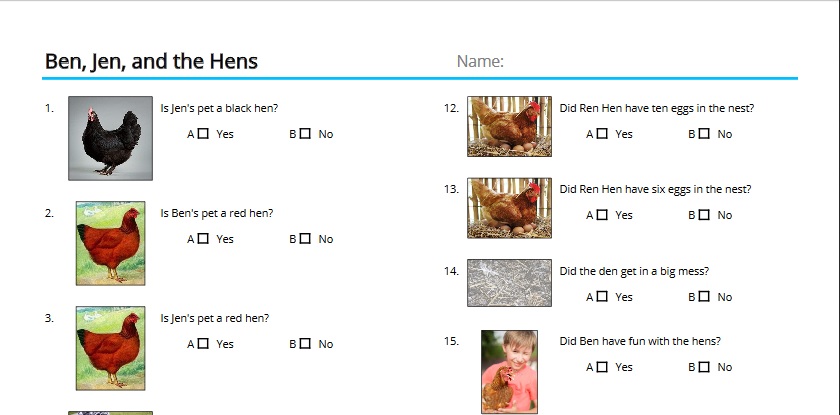
New low-frequency word spelling test
8 Replies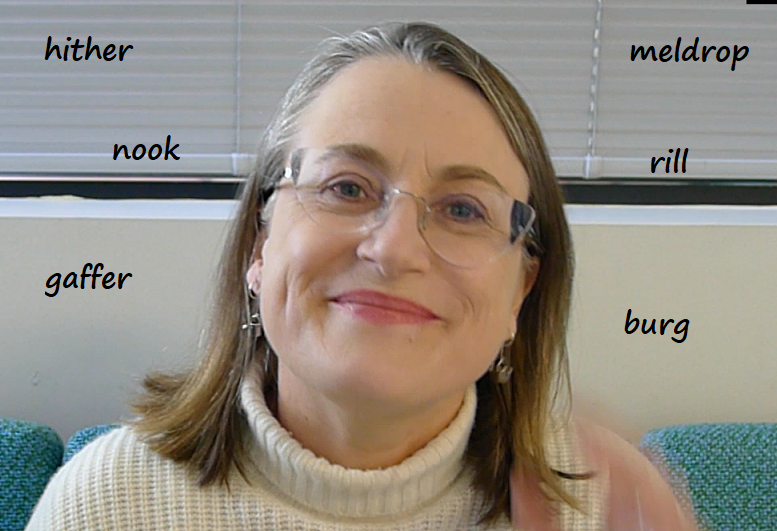
I’ve just finished the new version of the free Spelfabet low frequency word spelling test. Click here to download the file and save it to your computer for printing.
It contains 182 words in five levels, and follows the same teaching sequence as the version 3 Spelfabet workbooks. I hope it’s helpful in deciding where to start in these books, or just in identifying the spelling patterns your learners know, and which need attention.
So you can try the test on yourself first, I’ve filmed myself administering it from the wintry depths of Melbourne’s Lockdown 6.0 (yes, I am masking up and fully AZ vaccinated, the vaccine to get is the one you can get). You just need paper and a pen or pencil for this test, and each level takes between 5 and 15 minutes. Check your answers against the download, or with any walking dictionaries you know, perhaps you’re one.
Please don’t ask kids to do all five levels at once, just start with the level you think they can manage, or Level 1 if they’re in their first year of schooling, Level 2 if they are in their 2nd year and Level 3 if they’re in later primary school years. By mid-primary school most children should be able to have a decent crack at most of these words.
Level 1: 12 minutes
Level 2: 11 minutes. As you can see, my camera’s zoom lens has a mind of its own.
Level 3: 15 minutes (sorry, a bit long, I know)
Level 4: just over 4 minutes (phew!)
Level 5: 10 minutes
If you use the program Sounds-Write and/or the Phonic Books, the teaching sequence in this test is probably familiar. It matches the Dandelion readers Units 1-20, but with extra emphasis on word-building/prefixees/suffixes, then the Dandelion Split Vowel Spellings books (but with more ‘short/long vowels’ and prefix/suffix work and a few extra spellings), then the first set of Extended Code books (one vowel digraph at a time), then the Moon Dogs 3: Vowels sequence (revising one vowel digraph and adding a new one). I’m still working on the later levels, and will add these to the test over time.
The printed test is set out in columns with the target sound/spelling at the left, then the word, then a definition and then an example sentence. The last three levels also include words with analogous spellings e.g. for newly-minted it-word ‘rona‘, the analogy words might be ‘sofa’, ‘coma’ and ‘soda’. I won’t put any of the actual words on the test in this blog post, so they’re all fresh to you when/if you try it.
Please note that this test should not be used as a substitute for formal, standardised tests with norms, percentiles etc., though of course schools could gather data from it and work out their own local norms. It’s intended as an exploratory tool to shed light on what learners know about spelling, and help adults decide what to teach next.
I’d love to know what you think of this test, so please leave any feedback or suggestions in the comments.
New word-building sequences
3 Replies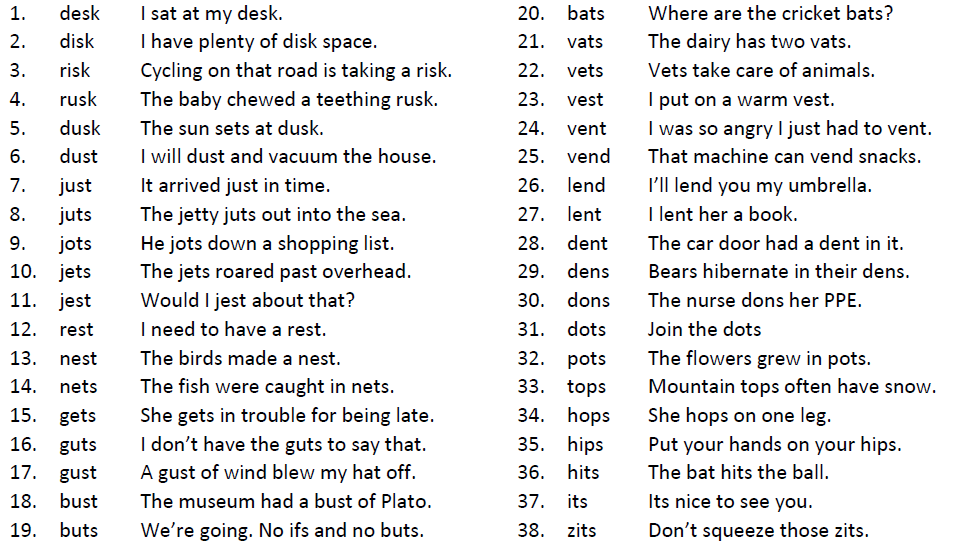
I’ve just revised my word-building sequences for the Moveable Alphabet to match the Spelfabet Version 3 workbooks.
The first set is available free from here. It follows the same teaching sequence as the Sounds Write program and books and Phonic Books Units 1-10, since we now use them here a lot. I’m hoping these sequences will be easy for parents and aides to use.
You can also build these sequences with the Embedded Picture Mnemonics flashcards if working with very young children, click here for a video showing you how.
The second set of sequences is $2 from here and the third is $3 from here. You’ll need a set of suffixes to build the third set, which are included when you download them. The suffixes are now also part of the basic Moveable Alphabet (I haven’t revised the advanced version yet, so just add the free download to it if you like).
Here’s a screenshot from the second set:
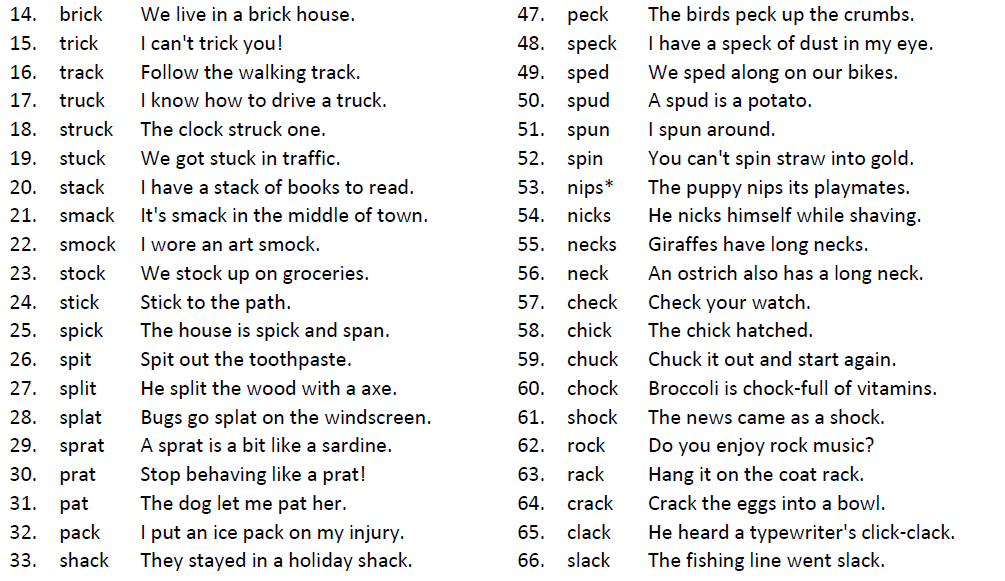
Here’s a screenshot from the third set:

I’m working on Level 4 sequences now, and updating the example teaching sequence (red button) under the website Spelling Lists menu to reflect the new workbooks and sequences. Sorry this is a process not an event – I’ve had a bit of overwork, lockdown and family drama burnout, plus it’s midwinter here in Melbourne, brrr.
On the cheerful side, Reading Science action now seems to be going on everywhere I look. Here’s just some of the gobsmacking free and cheap online learning on the amazing internets:
The AUSPELD Talking Literacy series
The LDA weekly Wednesday webinars
The Reading League YouTube channel, podcast and online academy
Think Forward Educators online events
La Trobe University SOLAR Lab short courses
Sounds-Write Phonics 1-to-1 symposium
Lyn Stone’s YouTube channel and website
Jocelyn Seamer’s YouTube channel and website
Aren’t they all great?! As Margaret Mead said, “Never doubt that a small group of thoughtful, committed citizens can change the world: indeed, it’s the only thing that ever has.”
New Spelfabet workbooks and EOFY discount
24 Replies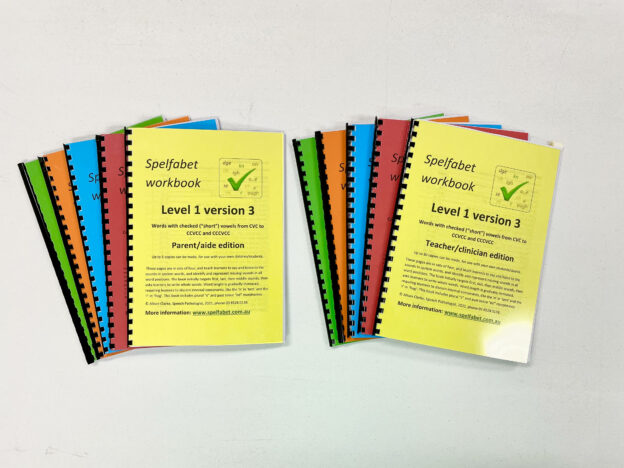
I’ve finally finished five new download-and-print Spelfabet workbooks. These version 3 books better align with the Sounds-Write program and the Phonic Books myself and my colleagues are now often using, and with the Drop In Series books for older learners.
For a 20% discount on these and anything else in the Spelfabet shop, type the coupon code “EOFY 2021” at the checkout.
Many of our clients have memory, attention, language or other difficulties as well as learning difficulties, and struggle to make the transition from Sounds-Write’s Initial Code to the Extended Code, which requires them to learn several spellings of a new vowel sound at once.
We only see our clients weekly or fortnightly, so need lots of activities that are easy for parents to supervise at home. I thus wanted new workbooks to teach vowel spellings more gradually, with earlier, explicit teaching about morphemes and work on polysyllabic words, and reviewing prior learning in lots of sentence-writing with punctuation (having read The Writing Revolution).
I’ll be talking about meeting the needs of clients like these at the free online Sounds-Write 1:1 Symposium on May 23-28. The lineup is amazing, it’s hard to know where to start, don’t miss it!
I’ve made videos about each new workbook, in which I hope you enjoy my fire-engine red fingernails (covering ugly nail bruise from dropping a chookhouse paving stone on my finger, yeow). There are also detailed descriptions of each book in the website shop, but essentially their contents are:
Level 1: Words with checked (‘short’) vowels from CVC to CCVCC and CCCVCC (C=consonant, V=Vowel)
Level 2: Consonant digraphs, basic suffixes, and up to three-syllable words with varied stress
Level 3: “Long/short” vowel contrasts, “soft” c and g, extra suffixes and some prefixes
Level 4: Seven extra vowel sounds, four extra vowel spellings, and more practice of patterns introduced in earlier books.
Level 5: 14 extra vowel spellings and more practice of previous patterns.
Like the previous workbooks, Version 3 has a parent/aide edition and a slightly more expensive teacher/clinician edition, the only difference being that you can print more copies of the teacher/clinician file. File pictures are in colour, but you don’t have to colour print them. Most of the pictures in the workbooks are PCS, a trademark of Tobii-Dynavox LLC, all rights reserved, used with permission.
The old Version 2 workbooks and kits are still in my website shop in the “old versions” folder, if you still want one, or haven’t finished downloading ones you’ve bought. Sorry that I’ve only been able to finish half the workbooks for Version 3, I’m working on more now, but life is busy!
Hope you and yours are all staying virus-free (I’ve had my first vaccine), and I’d love to hear your thoughts on the new workbooks.
New Embedded Picture Mnemonics now available
11 Replies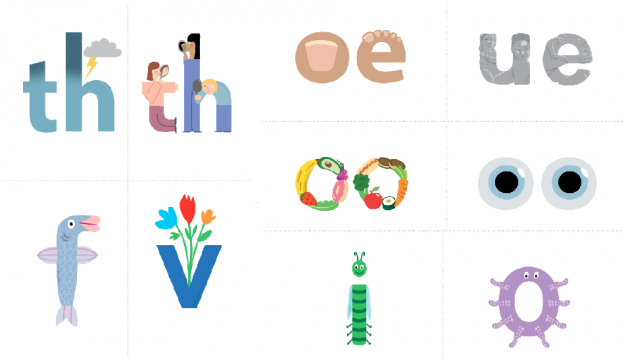
Despite a universe determined to throw spanners in my works, I’ve finally put artist Cat MacInnes’ new, improved version 2 Embedded Picture Mnemonics into the Spelfabet website shop. If you already bought version 1, you can now upgrade for free.
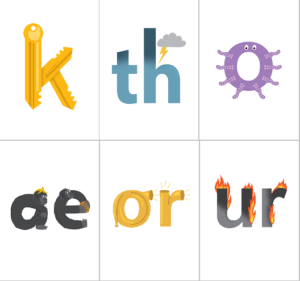 Research has shown embedded picture mnemonics help children learn the relationships between speech sounds and letters.
Research has shown embedded picture mnemonics help children learn the relationships between speech sounds and letters.
There are now two versions of the Spelfabet Embedded Picture Mnemonics: one for speakers of Australian/British (non-rhotic) English, and one for speakers of American (rhotic) English. If you speak another version of English, download both files and mix and match to suit your accent.
Each set contains a mnemonic for each sound (phoneme) plus one for each of the three letters that represent the same sound as c (k, q, x). The pictures are now more relevant outside Australia, with k as in ‘key’ not ‘kangaroo’, ur as in ‘burn’ not ‘surf’ and u as in ‘up’ not ‘undies’ (I’m a little sad about the undies, so if you are too, just keep using the original mnemonic).
The sets now contain ‘o’ as in ‘octopus’, ‘ue’ as in ‘statue’, ‘or’ as in ‘horn’, ‘th’ as in ‘thunder’ and ‘themselves’, and ‘f’ as in ‘fish’ (no adjacent consonant). There are new ‘aw’ as in ‘claw’ and ‘wh’ as in ‘whale’ mnemonics in the US set. The relationship between ‘short’ and ‘long’ vowels is now clearer, as the ‘long’ vowels have a consistent format (ae, ee, ie, oe, ue).
Both the Aust/UK and US A4 poster size files can be found here. The pictures on them are now bigger, with less white space around them.
Both the Aust/UK and US A4 flashcard size files (four to a page) are here. Consonants are in portrait format and the vowels are in landscape format, which I hope helps children understand the difference between vowel and consonant sounds.
You can make and change words with these embedded picture mnemonics, using the flashcard size with individuals and small groups, like this:
Use the poster size mnemonics if doing this with a whole class, asking a child to hold each mnemonic you’ve taught and another child to rearrange them, while the rest of the class writes down the words thus created.
You can also use the mnemonics to build Sound Walls with your class, adding sounds and/or spellings as they are taught in your phonics teaching sequence, and refreshing the wordlists as new vocabulary is learnt, so that you might end up with mnemonics that look like this:

Teachers, therapists and others have already thought of lots of other great ways to use these mnemonics – too many to list here.
Thanks for the feedback and questions about version 1, which made me think about how to improve them. I hope you like Version 2, and thanks to the always-creative Cat MacInnes for her artistic talent, patience and hard work.
Steps for upgrading a previously-purchased file:
1. Go to the Spelfabet website and click on My Account.
2. Type in the email address you used for your original purchase, and the password you created. If you can’t remember your password, just reset it.
3. Go to the downloads area, click on the file(s) you want, and save it/them to your computer before printing. Ordinarily you get three chances to download any file from the online shop, in case of computer crashes or power outages, but I’ve increased this to four for these files in case some previous purchasers have used up their first three.
Any feedback or problems, email me on info@spelfabet.com.au.
New things at Spelfabet
20 Replies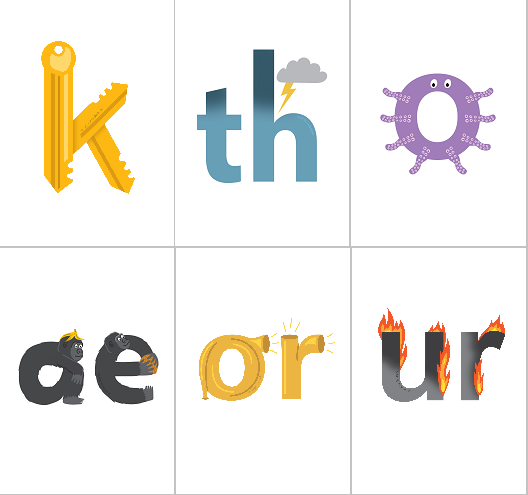
The COVID-19 pandemic knocked most of my plans sideways and sent me into too-tired-to-blog mode for most of the last year, but here are five new things we’ve been working on:
- Intensive school holiday and Saturday groups for ages 6-8
- New, improved Embedded Picture Mnemonics (Aust/UK and US versions)
- Version 3 Spelfabet workbooks
- Local Community of Practice (INMELLCoP)
- Decodable text writing interface

